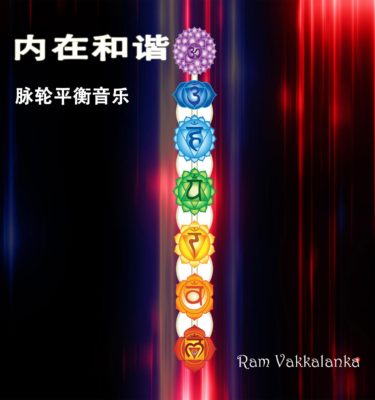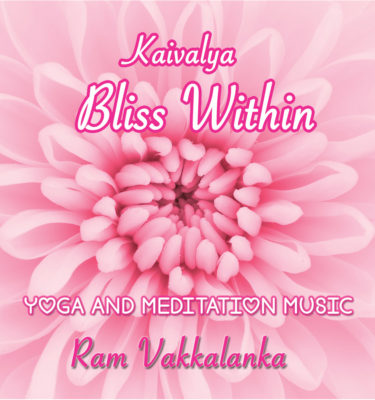As earthly beings, we are also manifestations of the same three principles mentioned above. Purusha or Pure Consciousness is the principle of radiation, mind is the principle of reflection and body the principle of materialization. There is a bridge between the mind and the body, known as the Vital body or Pranamaya Kosha. Prana is the life energy and Pranamaya Kosha is the layer of Pranic energy within us. Sun is the source of Prana at cosmic level as well as individual level. The Pranamaya Kosha is formed since the time the baby is in the womb of the mother due to the exposure to Sun. In fact, Pranamaya Kosha serves as the bridge between the physical body and all the subtle energies that direct it. The five Elemental energies manifest in the Pranamaya Kosha as Vata, Pitta and Kapha. It is important to understand that Vata, Pitta and Kapha are not physical things but subtle energies in the Pranamaya Kosha. They manifest in the physical body as Sapta Dhatus – the seven tissues – Plasma, Blood, Muscle tissue, Fat tissue, Bone marrow, Bone and Reproductive tissue.
Plants, especially, herbs receive the positive radiation from the Sun, Moon and planets and grow because of that. While Sun light is essential for the plants to grow, most of the medicinal herbs need moonlight as nourishment. Farmers plant certain seeds only during specific moon days. Various diseases, which are caused by the negative radiation from the Sun, Moon and planets can be cured by using the herbs, which absorb the positive radiation from the same sources. This is the essential principle behind the healing philosophy of Ayurveda. In fact, Ayurvedic herbs are extracted and medicines are prepared from them on certain specific days based on moon phases. Ayurveda deals with herbs which absorb the positive radiation of the Sun, Moon and Planets. Astrology deals with the positive and negatives aspects of the same. Both these sciences are inevitably and inseparably connected.
Ayurveda treats the physical body thru Pranic body. Astrology treats the physical body thru Astral body. There is a close relationship between the two sciences. Astrology is one of the six limbs of Veda and Ayurveda is the Upaveda (subsidiary Veda) for Atharvana veda. These two sciences can help us harmonize ourselves with the universe.
Ayurveda is a comprehensive tool for healing ourselves physically and psychologically by making appropriate changes in diet and lifestyle factors. Astrology teaches us how to heal ourselves by harmonizing ourselves with cosmic energies.
The relationship between Astrology and Ayurveda has been known since ancient times. They both used to be taught in ancient Indian universities such as Nalanda and Takshashila. Many interested souls used to come to these universities to study them. Once such Roman astrologer Manilius spread this knowledge in the West by creating the ‘Zodiac man’.




